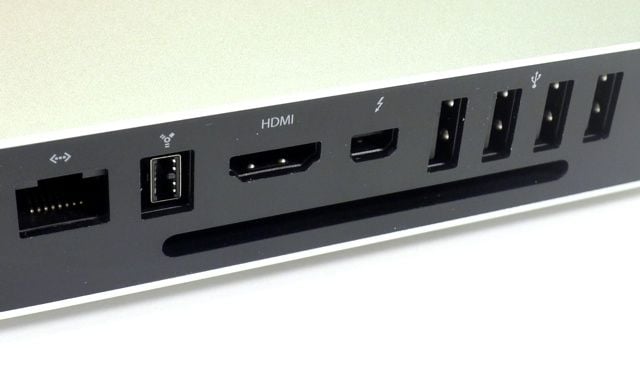When Does The New Macbook Update Come Out
The MacBook Air and the 13-inch version of the MacBook Pro were last updated in July 2019: the MacBook Air got an early update in March, and it's now the turn of the 13-inch MacBook Pro. Apple analyst Ming-Chi Kuo believes that the 13-inch MacBook Air will be one of the first Macs to be updated with an Apple Silicon chip, with an update set to come in the fourth quarter of 2020.
What Should do Before Upgrading MacOS?
Although the every new macOS upgrade comes with certain exciting features, you need to know if your Mac computer can safely be updated (take Big Sur as an example). If you pay no attention to the details, macOS Big Sur update problems come with you for sure, probably your Mac update stuck or Mac failed update won't boot. Here are some of the things that you should look for before you upgrade to the new update.
1.Check compatibility. Big Sur requires any of the following Mac models: iMac; MacBook Pro; MacBook Air; MacBook; Mac Pro; Mac Mini
2.Check minimum software and hardware requirements. You should have OS X Mountain Lion 10.8 or later. It requires at least 2GB of memory and 14.3GB of storage space to perform the Big Sur upgrade.
3.Backup your Mac. To avoid any possible macOS Big Sur update problems, making a backup of your Mac comes essential. You can backup Mac with Time Backup Machine, iCloud, iTunes, or any other third-party Mac backup tools like MacX MediaTrans.
How to get updates for macOS Mojave or later
If you've upgraded to macOS Mojave or later, follow these steps to keep it up to date:

- Choose System Preferences from the Apple menu , then click Software Update to check for updates.
- If any updates are available, click the Update Now button to install them. Or click ”More info” to see details about each update and select specific updates to install.
- When Software Update says that your Mac is up to date, the installed version of macOS and all of its apps are also up to date. That includes Safari, iTunes, Books, Messages, Mail, Calendar, Photos, and FaceTime.
To find updates for iMovie, Garageband, Pages, Numbers, Keynote, and other apps that were downloaded separately from the App Store, open the App Store on your Mac, then click the Updates tab.
To automatically install macOS updates in the future, including apps that were downloaded separately from the App Store, select ”Automatically keep my Mac up to date.” Your Mac will notify you when updates require it to restart, so you can always choose to install those later.
How to get updates for earlier macOS versions
If you're using an earlier macOS, such as macOS High Sierra, Sierra, El Capitan, or earlier,* follow these steps to keep it up to date:
- Open the App Store app on your Mac.
- Click Updates in the App Store toolbar.
- Use the Update buttons to download and install any updates listed.
- When the App Store shows no more updates, the installed version of macOS and all of its apps are up to date. That includes Safari, iTunes, iBooks, Messages, Mail, Calendar, Photos, and FaceTime. Later versions may be available by upgrading your macOS.
To automatically download updates in the future, choose Apple menu > System Preferences, click App Store, then select ”Download newly available updates in the background.” Your Mac will notify you when updates are ready to install.
* If you're using OS X Lion or Snow Leopard, get OS X updates by choosing Apple menu > Software Update.
How to get updates for iOS
Learn how to update your iPhone, iPad, or iPod touch to the latest version of iOS.
Next Macbook Update
Learn more
When Are New Macbooks Coming
- Learn how to upgrade to the latest version of macOS.
- Find out which macOS your Mac is using.
- You can redownload apps that you previously downloaded from the App Store.
- Your Mac doesn't automatically download large updates when it's using a Personal Hotspot.